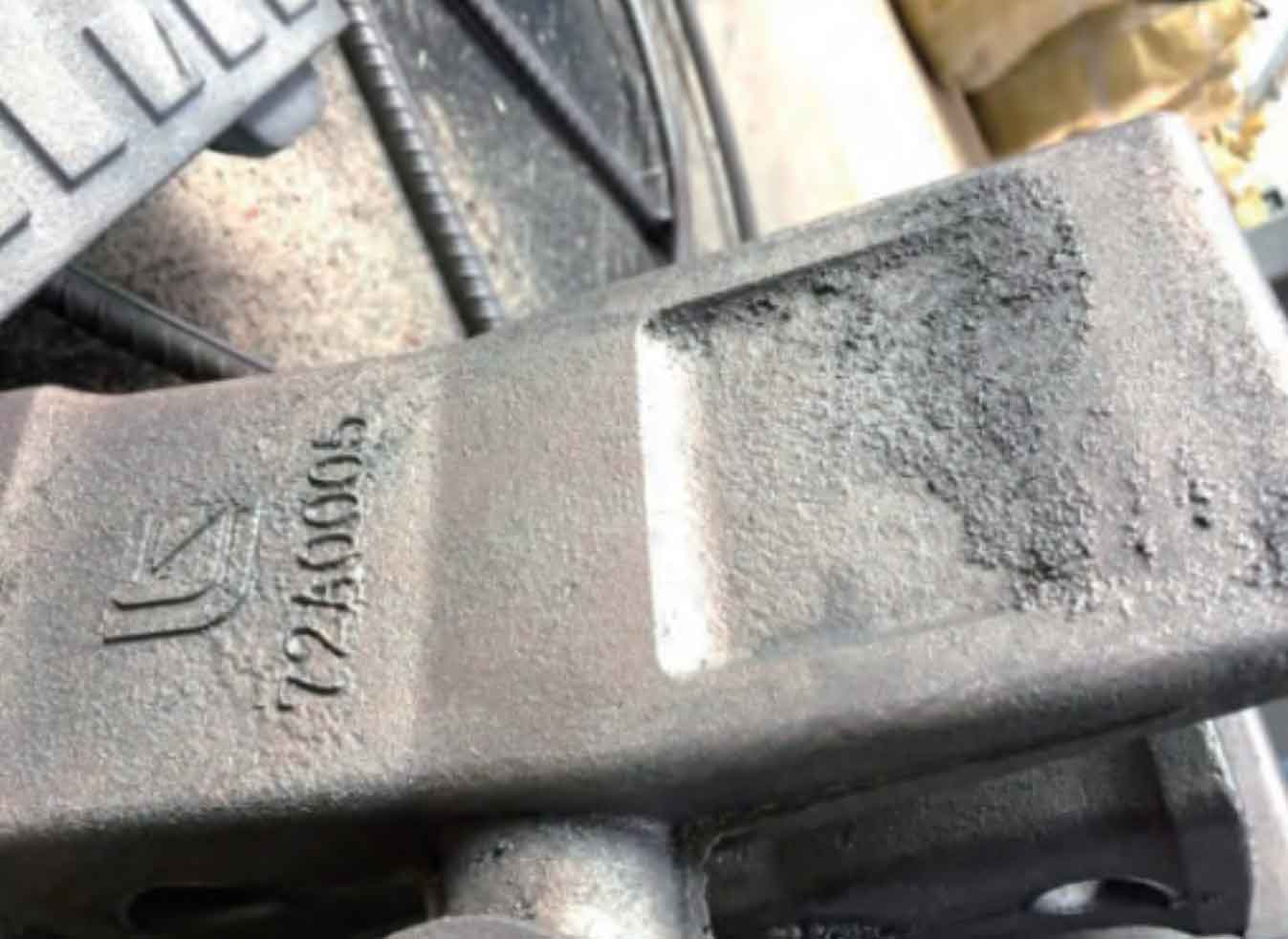The liquid metal penetrates into the gap of molding sand, and after condensation, a layer of mechanical mixture of liquid metal and shell material that is not easy to remove is adhered to the surface of the casting. Mechanical sand sticking often occurs in the inner corner, narrow groove, small hole, thick wall, surface, near the pouring riser or the lower part of the casting (as shown in the figure).
Mechanical sand sticking is formed by the infiltration of liquid metal into the pores of molding sand. Whether the liquid metal can penetrate into the pores of molding sand depends on whether the liquid metal can overcome the critical pressure of capillary phenomenon of sand particles. The critical pressure can be expressed by the following formula:
Where, P is the critical pressure; σ Is the surface tension; R is the average radius of capillary between sand particles; cos ф Is the wetting angle between molten metal and sand mold.
When the infiltration pressure of liquid metal is greater than the critical pressure, the liquid metal will penetrate into the sand mold and produce mechanical sand sticking after condensation.
Combined with the actual production situation, we classify the causes of sand sticking as the following:
(a) Insufficient wind pressure during shell making, loose shell surface and insufficient strength;
(b) The temperature of molten metal during pouring is too high, and the solidification time of molten metal on the surface of shell mold is long;
(c) The hydrostatic pressure of metal in the bottom mold is too large.
Preventive measures:
(a) During shell making, the surface quality of shell type shall be strictly controlled, and the wind pressure shall be paid attention to at any time. Generally, the wind pressure shall not be less than 0.6 MPa. The local defects of shell type shall be repaired in time, and can be transferred to the forming process only after passing the inspection by the quality inspection personnel;
(b) The proper pouring temperature should be selected, which not only ensures the fluidity and filling capacity of liquid steel, but also avoids the excessive solidification time of liquid steel on the shell surface. Generally, the pouring temperature of the first string is controlled at 1 580 ~ 1 600 ℃;
(C) Change the process mode of series casting, and change the vertical casting into horizontal casting to reduce the static pressure of molten metal.


